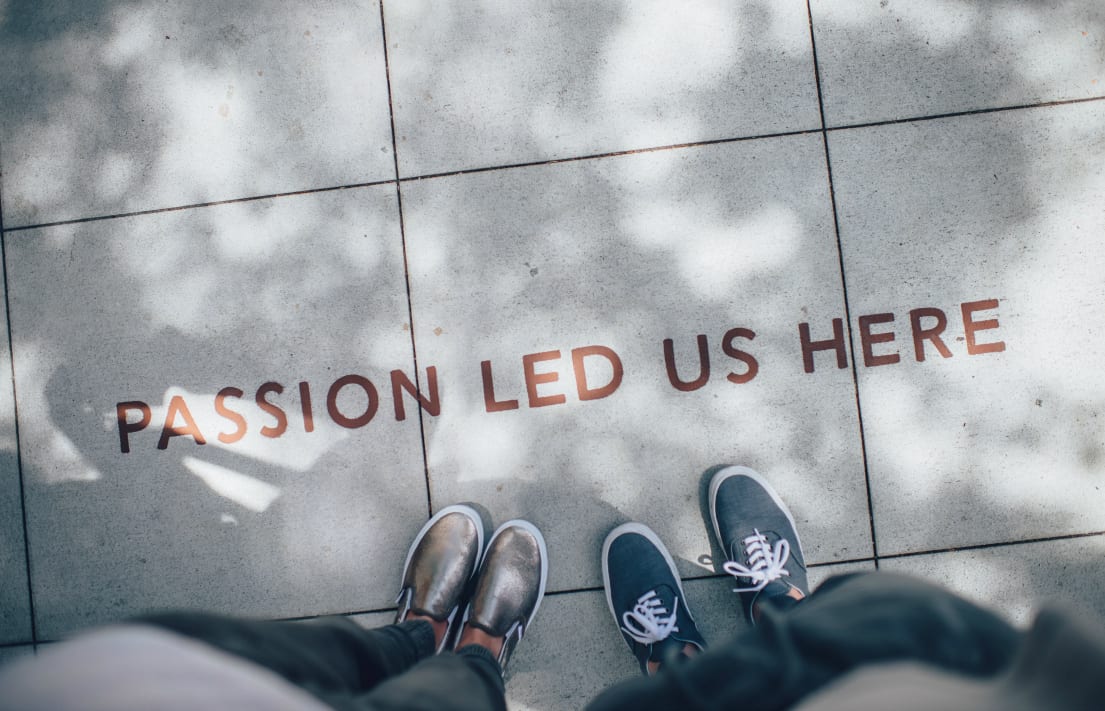
It’s the most wonderful time of the year—to take stock of where you are, where you’re going, and how you’re going to get there. We in the wellness world know that New Year’s resolutions are passe; it’s all about intention-setting. Resolutions, the thinking goes, can be limiting, and lead to failure. They’re too, well, resolute. Intentions, on the other hand, are lifestyle goals, that color the way we approach our everyday activities in pursuit of becoming our best possible selves. We sat down with meditation teacher, sankalpa expert, and Wanderlust TV guide, Tracee Stanley, to learn more about how she approaches intentions.
Wanderlust (WL): First of all, do you set intentions at the beginning of the new year?
Tracee Stanley (TS): Honestly, I have intentions that last for the entire year. I actually don’t use the New Year as a demarcation to set a new intention. I actually use that time to sort of reinforce, and see where I’m at as far as the intentions that I have had that I want to set. I find that the very first thing, that for me, that I need to understand, are what are my limitations. What are the limitations that I placed on myself? [These kinds of limitations can be] in the form of the way that I think about things, about whether I actually deserve to have those things that I want to manifest. And actually whether or not they’re in my best interest. And, just being able to have a game plan to overcome those limitations, at the same time that I’m putting together steps to actually achieve the intention.
WL: When you are setting these intentions, what’s the sort of structure of what this looks like for you?
TS: Basically doing something that’s called a daily mind map, the practice of mind-mapping. The mind map practice basically allows you to check-in every day, post-meditation. What is the message that your heart is sending you, for the day? What is the emotion that’s present? What are the things that are in your practical to do list, and what are your goals? And, making sure that the things that are on your to do list, are actually in alignment with the goals. So that you stay clear everyday. So that’s part one of what I do.
The second part is, I actually set goals or intentions, or what we would actually call a sankalpa. Sankalpas are a little bit different than intentions, because they’re something that is from the heart, as opposed to from the head. And, because a lot of times we set intentions around things that we think we’re supposed to do, as opposed to things that we’re really called to do.
From there, I set intentions or goals that are something that’s quantifiable, something that I know I can say, oh, I’ve achieved this, and I set a time between six to 18 months of achieving it
WL: Six to 18 months? That seems like a long time.
TS: Yeah! What I generally do, is in meditation, I will visualize my future self, so to speak, of that person who’s achieved that intention. And then what I’ll do, is I will create a list of things, sort of reverse engineering from that point. What are the things that I actually need to do, to get to that point.
WL: It sounds like checking in with the self is a really important part of intention setting. Is it possible to set intentions without sort of checking-in with yourself? Without doing that kind of mind mapping, or does that just sort of leave us with empty promises?
TS: I personally don’t believe that you can. I don’t believe that you can just use magical thinking to say, oh I’m going to achieve X, Y, and Z, this is what I want, and I’m going to put it as an affirmation, and do no other work towards it. If you really want to achieve an intention, it actually requires self effort, and it does require you to have some sort of self knowledge and understanding. Which in my practice, I get from self inquiries. And some practices like meditation and yoga nidra, to be able to look and see what’s standing in my way. To be able to surrender, and soften. And to also be able to just come up with new solutions, that are not present to me when I’m striving.

WL: Do you use any specific tools to keep yourself in the integrity of the pursuit of those intentions?
TS: The tools are daily self inquiry practices, daily mind mapping, daily yoga nidra practice, and I will have my intention or my sankalpa, whatever word you want to use, I’ll set it as a reminder on my phone, so that it pops up every once in a while, like a couple times during the day. I also will tell somebody else about my intention—one other person that I really trust, to hold me accountable in a way, where they can check in and say hey, how are you doing on that thing that you’ve been wanting to achieve?
There have been times in the past where I’ve created groups … pretty much in an intention circle. Where we’re all together discovering what our limitations are, and creating the discipline of daily meditation, and daily yoga nidra, and daily self inquiry, to be able to get really clear on what our intentions are. And of course, when you’re in sangha, you know, like-minded community, the fact that everybody has the same intention just helps to build that. So, I would almost love to see, you know how people do book club? I would love to see people getting together and doing intention club.
So, there are a lot of different practices that you can do to keep you on-point with your intentions. But I think this main thing that I would say, is some consistent practice or consistent check ins, around where are you, in achieving your sankalpa? Where are you in achieving your intentions? How are you getting in your own way?
WL: How often do you think that we get in our own way, or doubt ourselves? I know that you mentioned those feelings that I’m not good enough, the limitations we place on ourselves. Are there other ways that we get in the way of ourselves?
TS: I mean, we create, so the way we get in the way of ourselves is resistance. This inner resistance shows up as a lot of different things. It shows up as procrastination; It shows up as inertia. And whatever way you want to say, that it’s like being over tired. Even overworking can be a form of resistance. Because you’re so busy overworking, let’s say at your job, that you’re not actually trying to fulfill your dreams. Right? Too much time on FaceBook, too much time on Instagram, too much time on, you know, scrolling whatever, CNN. There’s many different ways that we distract ourselves. So if you look at all the ways that you distract yourself, that’s a big clue. The way that you waste time. That’s a big clue of how your inner resistance is showing up. And, you know, if we look more on a, like take it to the next level, anything from doing too much drugs, staying out too late, not going to bed on time, you know? Not exercising, not eating healthy. Those are all forms of resistance that keep you stuck in a pattern of not being able to move forward.
How do intentions help you move forward?
—
 Tracee Stanley has been studying Yoga and Tantra since 1995. Her introduction to yoga was through the practice of Kundalini Yoga where she was fortunate enough to practice with Yogi Bhajan on several of his visits to Yoga West. She was soon introduced to the practice of Hatha yoga and became passionate about sharing how yoga had changed her life. She went on a search for a teacher and met her teacher Yogarupa Rod Stryker. Tracee began sharing her understanding of the ancient technology of Tantra when Yogarupa Rod Stryker initiated her into the lineage of Sri Vidya in 2001. The focus of Tracee’s teaching is empowerment, sankalpa (intention), self-mastery and healing.
Tracee Stanley has been studying Yoga and Tantra since 1995. Her introduction to yoga was through the practice of Kundalini Yoga where she was fortunate enough to practice with Yogi Bhajan on several of his visits to Yoga West. She was soon introduced to the practice of Hatha yoga and became passionate about sharing how yoga had changed her life. She went on a search for a teacher and met her teacher Yogarupa Rod Stryker. Tracee began sharing her understanding of the ancient technology of Tantra when Yogarupa Rod Stryker initiated her into the lineage of Sri Vidya in 2001. The focus of Tracee’s teaching is empowerment, sankalpa (intention), self-mastery and healing.
